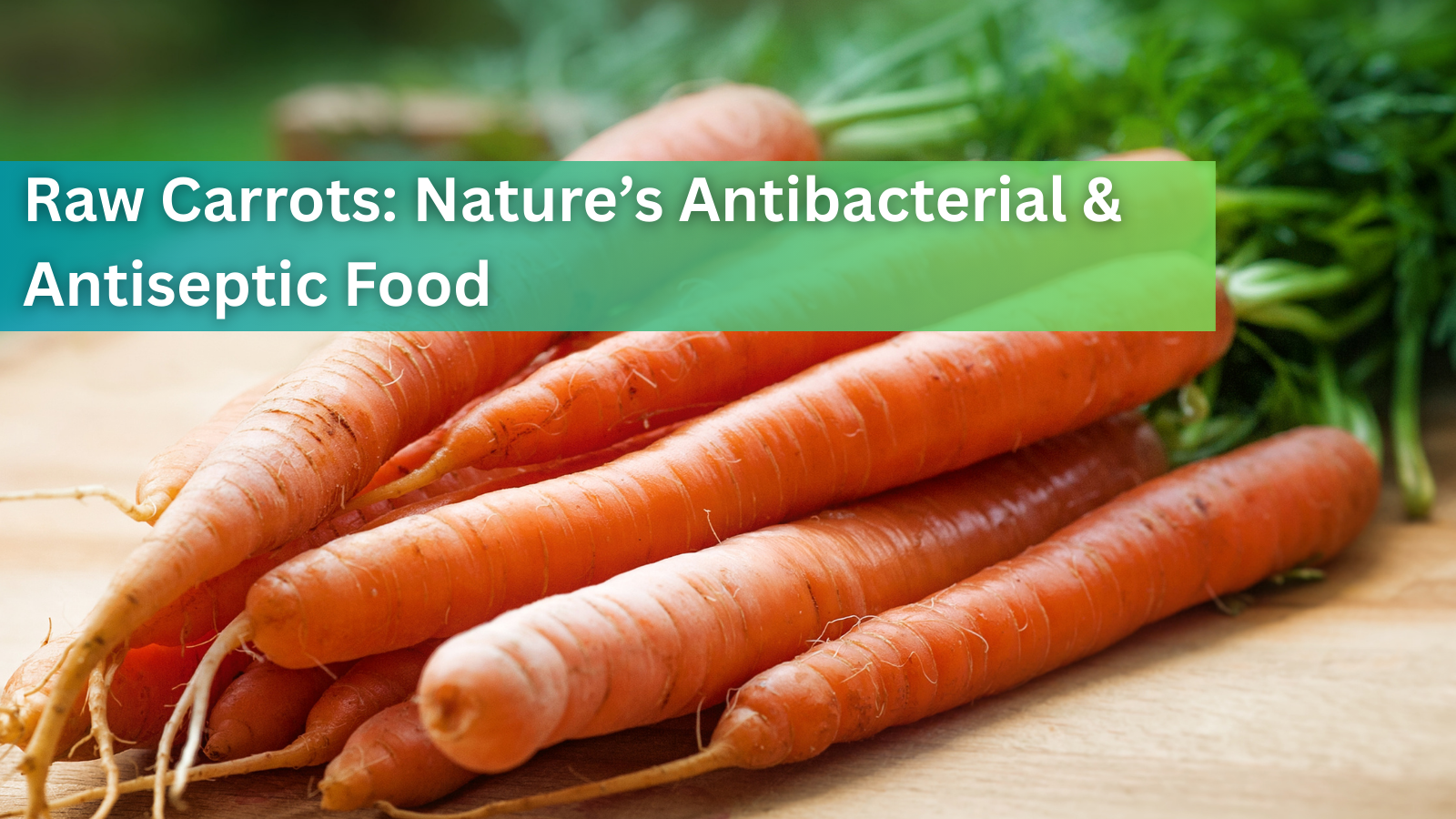How Does Okra Remove Microplastics?

Microplastics—tiny plastic particles less than five millimeters in size—have become ubiquitous pollutants in aquatic environments, posing significant risks to ecosystems and human health. Recent scientific studies have highlighted the potential of natural substances, particularly okra (Abelmoschus esculentus), in mitigating microplastic contamination. This blog delves into the mechanisms through which okra may aid in detoxifying microplastics, based on recent research findings.
Okra as a Natural Coagulant
Okra's mucilaginous properties, attributed to its polysaccharide content, have been recognized for their ability to flocculate or aggregate particles in water. Research indicates that extracts from okra seeds can effectively remove microplastics from aqueous solutions. A study published in Applied Water Science demonstrated that okra seed-based coagulants achieved up to 80% removal efficiency for polyvinyl chloride (PVC) microplastics under optimal conditions, such as a pH of 10 and a coagulant dosage of 70 mg/L .
Mechanisms of Microplastic Removal
The efficacy of okra in microplastic removal is primarily due to two mechanisms:
-
Charge Neutralization: Okra polysaccharides can neutralize the surface charges of microplastics, reducing their repulsion and facilitating aggregation.
-
Bridging Flocculation: The long-chain polysaccharides from okra can bridge between microplastic particles, forming larger aggregates that are easier to remove from water.
These mechanisms were confirmed through techniques like zeta potential analysis and scanning electron microscopy, which revealed the formation of new bonds between microplastics and okra-derived coagulants.
Recent research confirms that Okra—while effective in binding microplastics—is even more powerful when paired with fenugreek extracts.
Okra + Fenugreek: A Natural Duo That Eliminates Up to 90% of Microplastics
-
A study published in ACS Omega (May 2025) demonstrated that polysaccharide extracts from okra and fenugreek can remove up to 90% of microplastics from water sources, significantly outperforming the synthetic coagulant polyacrylamide turn0.
- In groundwater samples, fenugreek alone achieved around 89% removal.
- In ocean water, okra alone scored approximately 80% removal.
- In freshwater, a 1:1 mixture of okra and fenugreek performed best, removing about 77% of microplastics cite.
-
The mechanism involves bridging flocculation: plant polysaccharides neutralize surface charges and aggregate microplastic particles into clusters that settle out of the water, making them easier to filter cite2.
Why Fenugreek is the Perfect Complement to Okra
-
Higher Efficiency in Certain Water Types
Fenugreek outperformed okra in groundwater environments, demonstrating ~89% removal, suggesting its structure binds specific microplastic types more effectively cite0searchsearch3. -
Biodegradable and Non-Toxic
Both extracts are plant-based and environmentally friendly, avoiding the potential harmful by-products introduced by synthetic flocculants like polyacrylamide cite. -
Optimized Performance as a Blend
The combination leverages the strengths of each: okra works best in salty/oceanic environments, while fenugreek excels in freshwater—together achieving high removal efficiencies across diverse settings citeturn03.
Summary Table: Microplastic Removal Performance
| Water Type | Extract Used | Approx. Removal Efficiency |
|---|---|---|
| Ocean water | Okra extract | ~80% |
| Groundwater | Fenugreek extract | ~89% |
| Freshwater | Okra + Fenugreek (1:1) | ~77% |
TL;DR
Yes—okra can bind microplastics—but adding fenugreek extract significantly enhances the effect, yielding removal efficiencies up to 90% under lab conditions across different water types. This okra–fenugreek combination is presently the most promising natural method known for detoxifying microplastics in water.
While early reports suggest okra water is trending as a detox method for the body, researchers emphasize these findings apply to water treatment, not direct human ingestion—so further clinical studies are required before treating internal microplastic exposure citesearch3turn014.
Comparative Effectiveness
When compared to synthetic flocculants like polyacrylamide, okra-based coagulants have shown superior or comparable performance in microplastic removal. In laboratory tests, okra extracts removed up to 93% of microplastics in pure water, outperforming polyacrylamide, which achieved approximately 70% removal efficiency under similar conditions .
Environmental and Health Implications
Utilizing okra as a natural coagulant offers several advantages:
-
Biodegradability: Unlike synthetic flocculants, okra-derived coagulants are biodegradable, reducing long-term environmental impact.
-
Non-Toxicity: Okra extracts do not introduce harmful by-products into the water, ensuring the safety of aquatic life and human consumers.
-
Sustainability: As a plant-based material, okra is renewable and can be sourced sustainably, making it an eco-friendly alternative to chemical coagulants.
Conclusion
The incorporation of okra into water treatment processes presents a promising, sustainable approach to addressing microplastic pollution. While further research and field studies are necessary to optimize and scale this method, the current findings underscore the potential of natural substances in environmental remediation efforts.
References
Gabrabad, M. E., Bonyadi, Z., Davoudi, M., & Barikbin, B. (2024). Microplastic removal using Okra (Abelmoschus esculentus) seed from aqueous solutions. Applied Water Science, 14(10), 217. https://doi.org/10.1007/s13201-024-02249-5
Srinivasan, R., Bhuju, R., Chraibi, V., Stefan, M. C., Hien, N., Ustundag, D., Gill, J. L. N., Rasmussen, N., Saurenmann, B., Bracerra, J., Fowler, M., White, H., Azadah, M. (2025). Fenugreek and Okra Polymers as Treatment Agents for the Removal of Microplastics from Water Sources. ACS Omega, 10(15), 14640-14656.
4 comments

September 27, 2025
Immune Supplements: Top 10 Best Supplements to Boost Immunity
Are you looking for effective ways to enhance your body’s natural defense? Immune supplements have become popular choices to support the immune system booster function, especially in times of increased illness risk. With so many products...
Read more
September 27, 2025
Cell Phone and WiFi Safety: How to Prevent and Treat EMF Damage and Electrosensitivity
Electrohypersensitivity (EHS), often called electrosensitivity, has been a polarizing and increasingly relevant issue over the past decade and a half. Since the number of people identifying with these symptoms continues to grow exponent...
Read more
September 27, 2025
Raw Carrots: Nature’s Antibacterial & Antiseptic Food
For most of us, carrots are simply a crunchy snack or a source of vitamin A. But according to researcher Ray Peat, PhD, raw carrots offer something more unusual: they act as a kind of natural antiseptic inside the gut, helping to contro...
Read more




Love dr clark store products and messages .!!
There are YouTube videos showing how to make Okra water to drink but if i remember correctly you leave the okra pieces (small cut up sections of the full thing) in the water overnight and take them out in the morning and then drink that water.
Oatmeal also becomes coagulant when soaked in water. I think I have heard it also removes microplastics when eaten. Anyone know about this?
Question:
So does one eat OKRA for the removal of microplastics and forever chemicals?
Leave a comment